The BIAA publishes scholarly monographs relating to the archaeology and history of Türkiye, with a particular emphasis on publishing the results of Institute-funded research. BIAA monographs are distributed by Casemate. Hardbacks can be ordered directly from Casemateuk.com.
The BIAA on occasion publishes online supplementary material to books in its monograph series. All supplementary material is open access, and is available here.
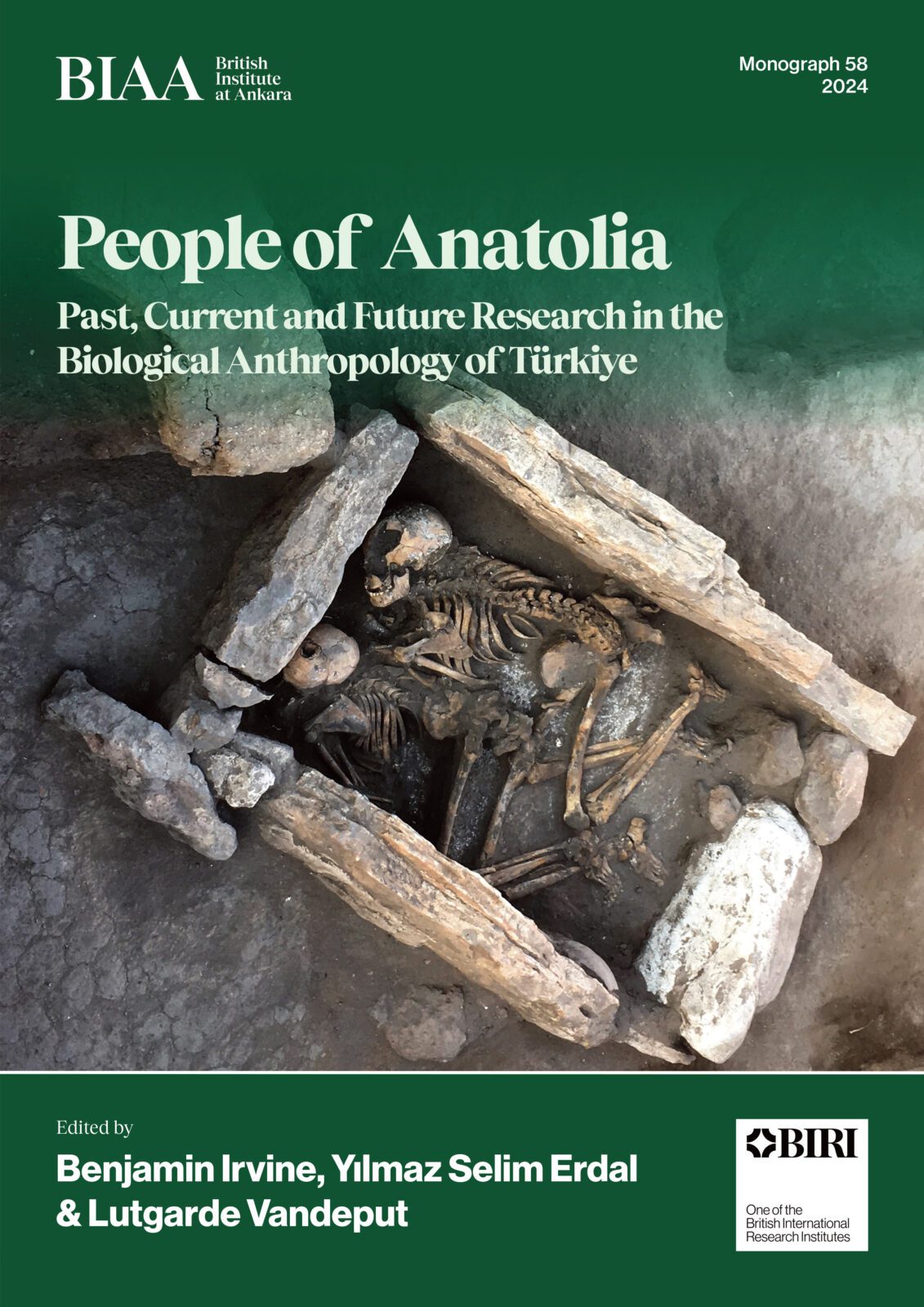
People of Anatolia illuminates new research foci in the biological anthropology of Türkiye. Collected for the first time in one volume, some of the studies employ traditional macroscopic, biological anthropological analyses in conjunction with more modern techniques, such as biomolecular analysis. Several also examine large-scale diachronic changes, highlighting the importance of holistic approaches and methodological considerations, as well as new trends in modern research. Research agendas in biological anthropology in Türkiye have accelerated over the last decade with the introduction of new scientific techniques and methodologies. The studies in this volume demonstrate how these have enhanced our knowledge not only of changes in human behaviour and human-environment interactions across time in ancient Anatolia, but also of how these changes affected people at the individual, population, regional and pan-regional levels. People of Anatolia will be of interest to the archaeological community in general and to Turkish and Türkiye-based and research-focused archaeologists in particular, as well as specialists in biological anthropology and bioarchaeology and its sub-disciplines.
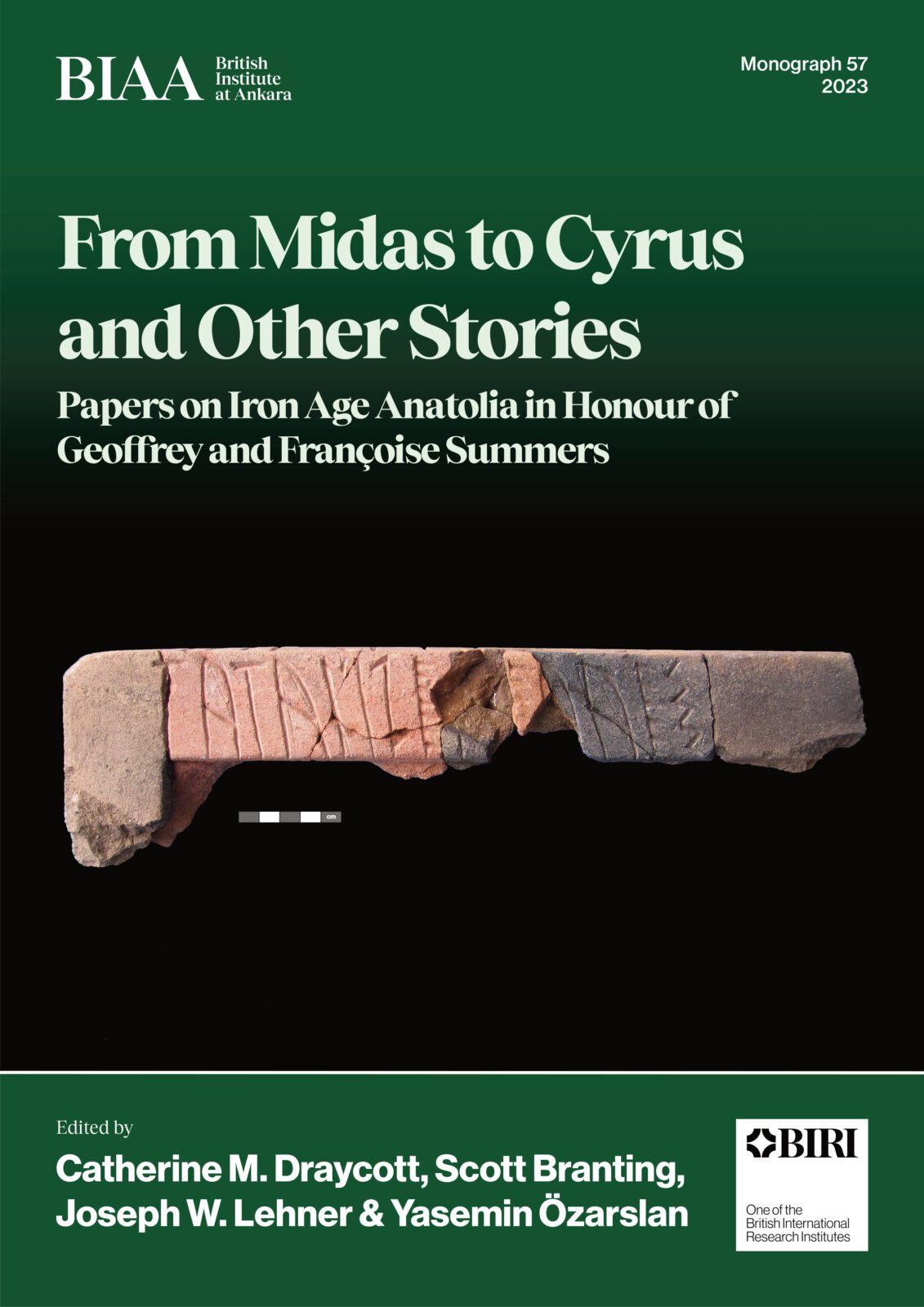
From Midas to Cyrus and Other Stories brings together prominent scholars to collaboratively celebrate two important figures and to address the murky period between ca 700 BC, when the semi-legendary King Midas of Phrygia died, and ca 550 BC, when the Persian King Cyrus the Great brought Anatolia into the new Achaemenid Persian Empire. This is a period dominated by narratives of the rise of the Mermnad Lydian Kingdom; the demise of the Urartian Kingdom and of ‘Neo-Hittite’-type culture and polities; and the invasion of Cimmerians, Scythians and Medes.
The discoveries of Geoffrey and Françoise Summers at the massive walled city on Kerkenes Dağı have changed the cultural history and texture of Anatolia during this period, opening insights into the spread of Phrygian culture and language and inviting further discussion of how the period is framed. From Midas to Cyrus honours their accomplishments by addressing the events of that period from various angles and in various regions, urging further synthesis of the dynamics affecting the Mediterranean, Near East and Anatolia toward the production of revised, more nuanced narratives.
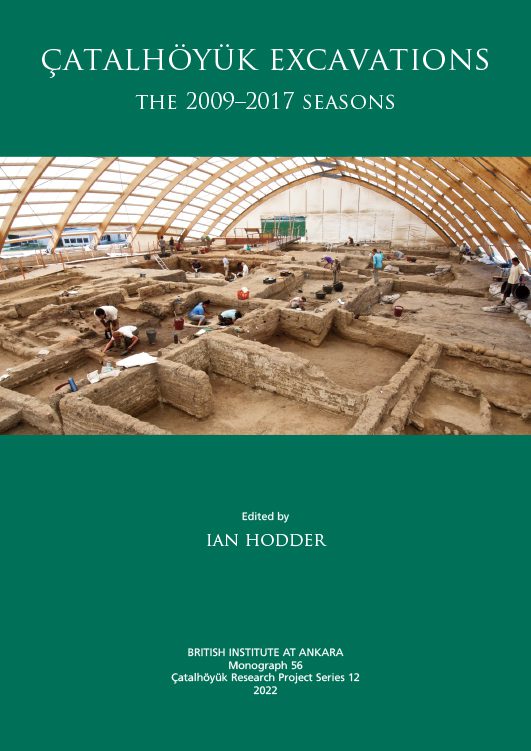
This volume presents the results of the excavations that took place at Çatalhöyük from 2009 to 2017, when the main aim was to understand the social geography of the settlement, its layout and social organisation. Excavation, recording and sampling methodologies are discussed, as well as dating, ‘levels’, and the grouping of buildings into social sectors. The excavations in different areas of the East Mound at Çatalhöyük are described. The description of excavated units, features and buildings incorporates results from the analyses of animal bone, chipped stone, groundstone, shell, ceramics, phytoliths and micromorphology. The integration of such data within their context allows detailed accounts of the lives of the inhabitants of Çatalhöyük, their relationships and activities. The integration of different types of data in the excavation account mimics the process of collaborative interpretation that took place during the excavation and post-excavation process.
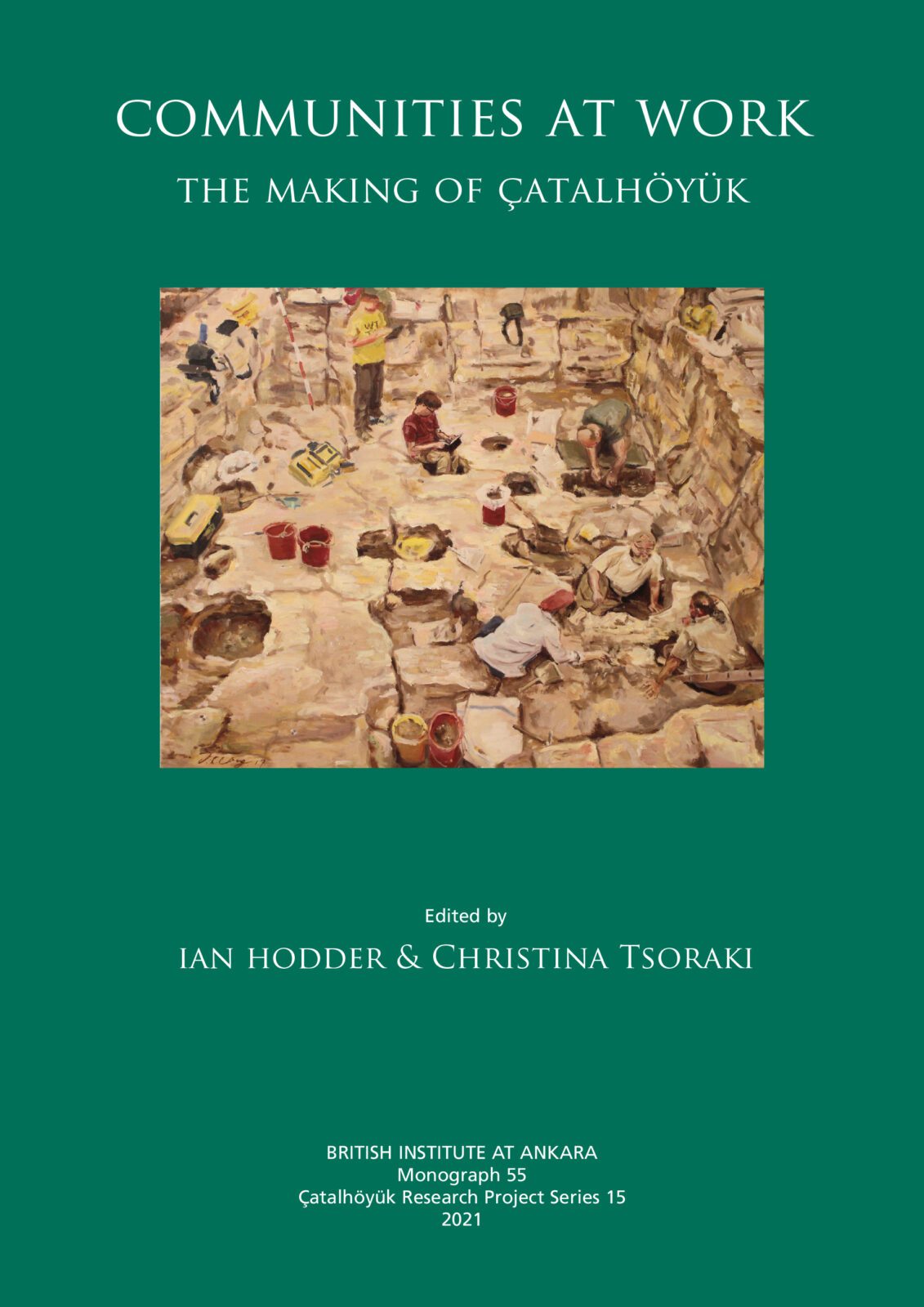
This volume scrutinises Çatalhöyük as the by-product of the activities of a community residing there 9,000 years ago, but also as the outcome of the interactions of a community of researchers. It begins with an overview of community engagement practices and of the ways different audiences have interacted with the site. It considers the differences in approach of the Mellaart and recent excavations and reflects on different methodological perspectives. It synthesises the array of environmental resources that would have been used at different times of the year. The ways in which the community at Çatalhöyük was held together, but also how community dynamics may have changed over time, are considered. Modelling changes in practices shows that the effects of new introductions played out over many phases of occupation. The evidence for violence at the site is re-evaluated, and the use of pigments on house surfaces, objects and human bodies and the social practices surrounding these practices are considered. The diversity of themes discussed captures the multifaceted nature of Çatalhöyük.
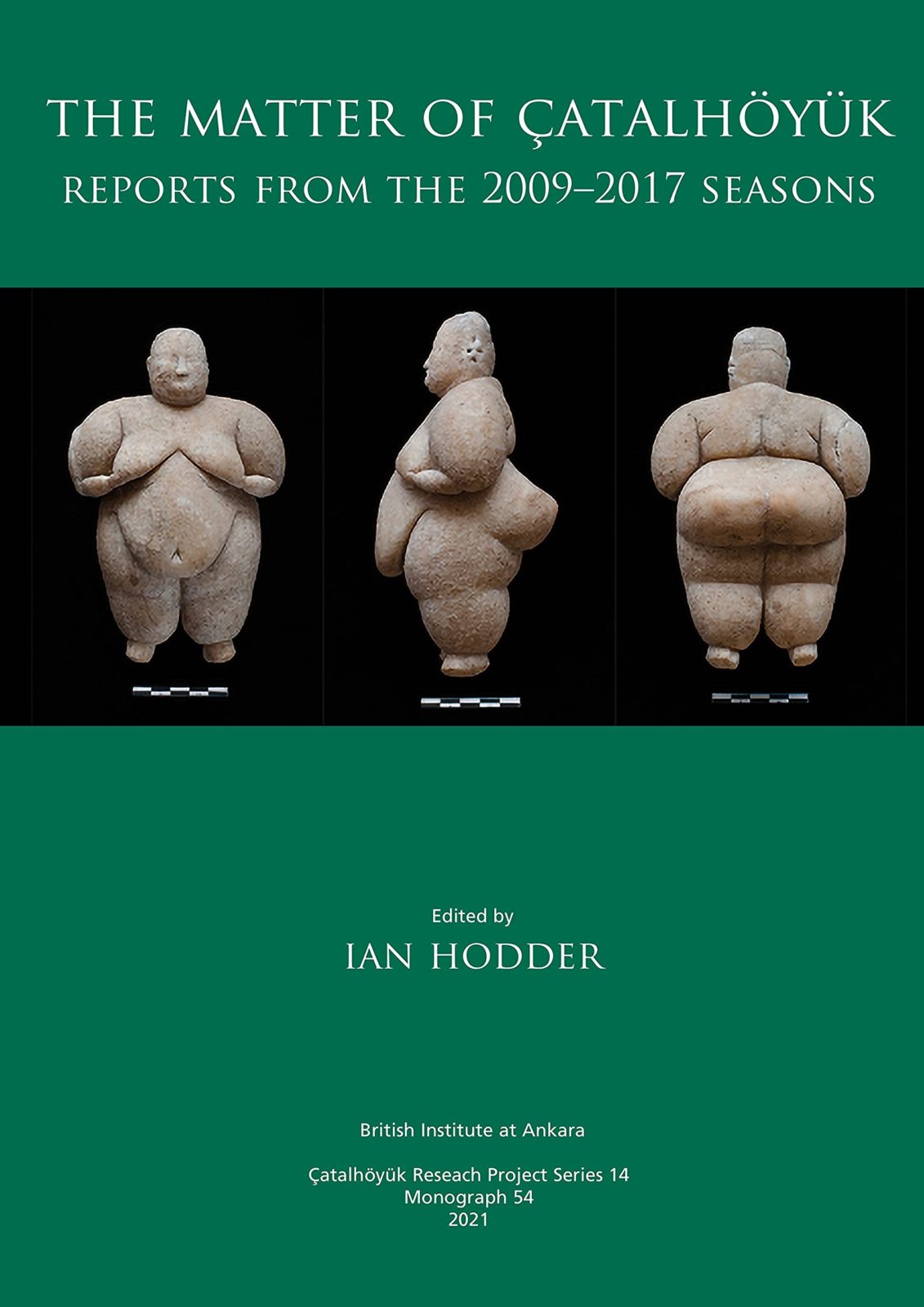
The chapters in this volume describe the material artefacts recovered from the site, including a range of clay-based objects (ceramics, clay balls, tokens, figurines) as well as those made of stone, shell and textile. There is discussion of the entanglements between humans and their material worlds at various scales, from the overall use of the landscape around the site, to the arrangement of buildings on the site, and to the social lives of the inhabitants of the mounds. These entanglements involved human relations with moving matter. Matter itself is unstable and always changing, drawing humans into its care and management. We envisage matter as a series of flows or lines of energy that interact, animate or constrain each other, leading to change. This perspective, discussed in a synthetic introductory chapter, allows new approaches to themes such as local and regional exchange, community building, cooking, the organisation of production and inequality.
BIAA Special Publication
BIAA Occasional Publications